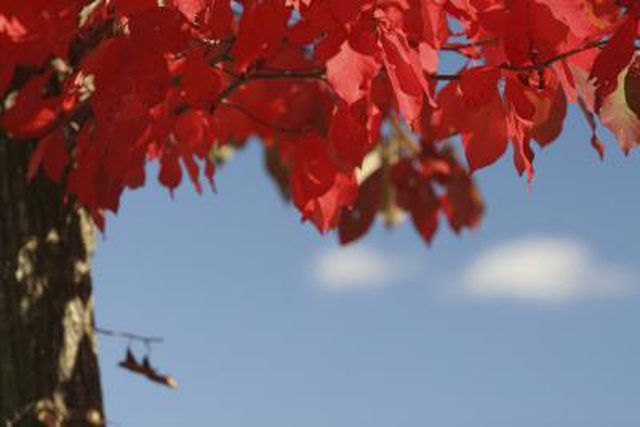Bulbs
Flower Basics
Flower Beds & Specialty Gardens
Flower Garden
Garden Furniture
Garden Gnomes
Garden Seeds
Garden Sheds
Garden Statues
Garden Tools & Supplies
Gardening Basics
Green & Organic
Groundcovers & Vines
Growing Annuals
Growing Basil
Growing Beans
Growing Berries
Growing Blueberries
Growing Cactus
Growing Corn
Growing Cotton
Growing Edibles
Growing Flowers
Growing Garlic
Growing Grapes
Growing Grass
Growing Herbs
Growing Jasmine
Growing Mint
Growing Mushrooms
Orchids
Growing Peanuts
Growing Perennials
Growing Plants
Growing Rosemary
Growing Roses
Growing Strawberries
Growing Sunflowers
Growing Thyme
Growing Tomatoes
Growing Tulips
Growing Vegetables
Herb Basics
Herb Garden
Indoor Growing
Landscaping Basics
Landscaping Patios
Landscaping Plants
Landscaping Shrubs
Landscaping Trees
Landscaping Walks & Pathways
Lawn Basics
Lawn Maintenance
Lawn Mowers
Lawn Ornaments
Lawn Planting
Lawn Tools
Outdoor Growing
Overall Landscape Planning
Pests, Weeds & Problems
Plant Basics
Rock Garden
Rose Garden
Shrubs
Soil
Specialty Gardens
Trees
Vegetable Garden
Yard Maintenance
How to Identify Red Tree Leaves
How to Identify Red Tree Leaves. Various trees have been developed to feature eye-catching red leaves all year round; for others, the blaze of crimson or scarlet is seasonal, caused by pigments called anthocyanins that are revealed in the fall due to lack of chlorophyll. Whether you are planning to color-coordinate a section of your garden or lawn...
Various trees have been developed to feature eye-catching red leaves all year round; for others, the blaze of crimson or scarlet is seasonal, caused by pigments called anthocyanins that are revealed in the fall due to lack of chlorophyll. Whether you are planning to color-coordinate a section of your garden or lawn by planting trees with red foliage, or you are just curious as to the name of that bright red tree on the corner, there are observational techniques you can use to help you identify types of trees with red leaves.
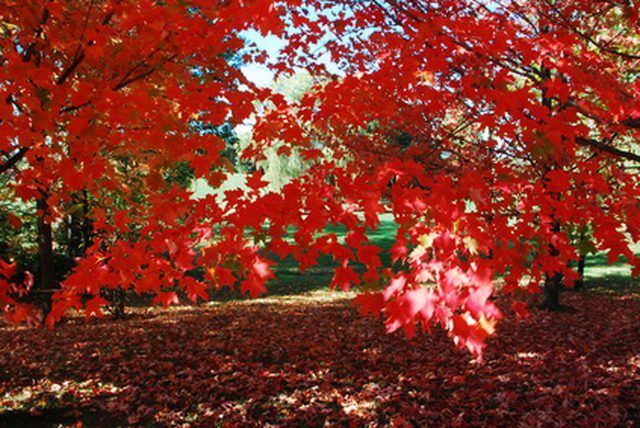
Step 1
Identify the leaf of the Redleaf Japanese maple--scientifically known as Acer palmatum atropurpureum--by noting that it has seven deeply cut lobes that are sharply pointed on the ends. The leaves of this medium-sized ornamental shade tree are a deep reddish-burgundy in spring; in the fall, they turn a bright, fire-engine red.
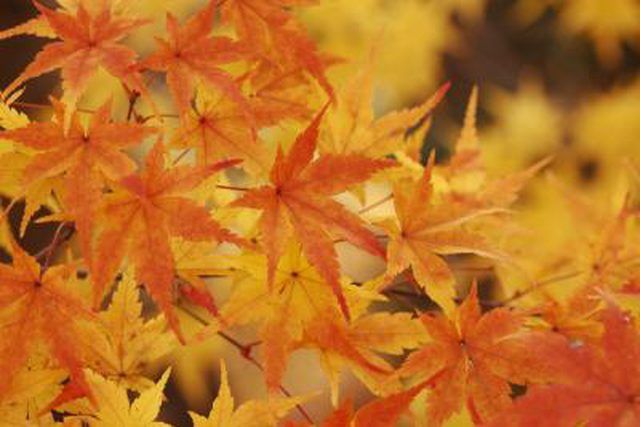
Step 2
Distinguish the Redleaf Japanese maple from the Bloodgood cultivar by noticing that the leaves on the Bloodgood maple--which are reddish-brown when they emerge in the spring--keep their color year round, without developing to intense red in the fall.
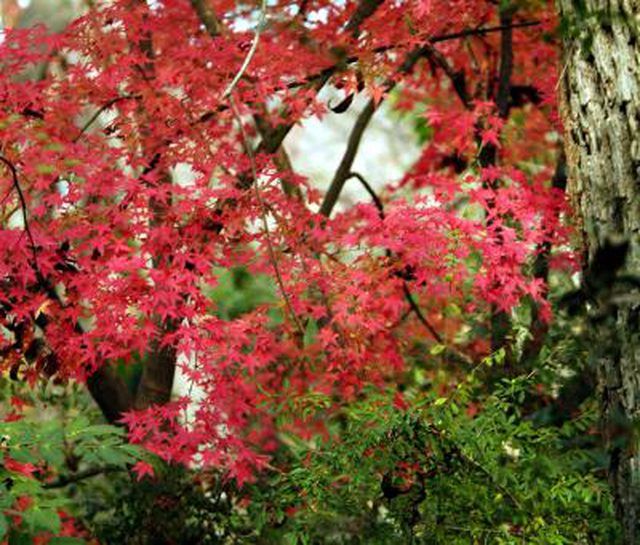
Step 3
Distinguish the red leaf plum tree by looking for the new foliage, which unfurls as pinkish-red and then goes reddish-purple for the rest of the growing season. The leaves are small, elliptical and scalloped around the edge. If the tree features spring blooms that are white or pastel pink, with orange-tipped anthers--or fuzzy stalks--emerging from the center, it is very likely that the tree is a red leaf plum tree.
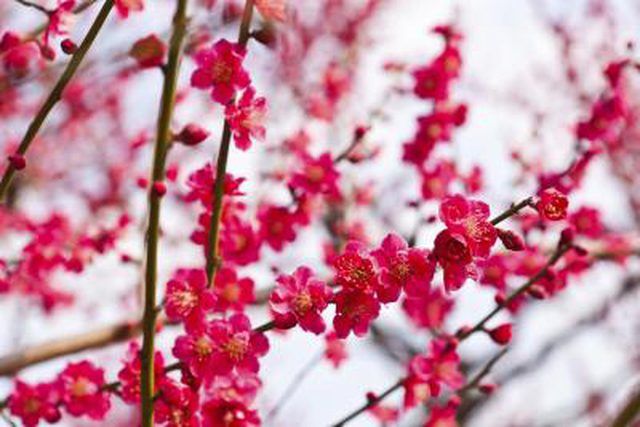
Step 4
Recognize the Chinese pistache tree by observing that the leaves are elliptical and positioned exactly opposite each other on the twig; leaves are green in spring and summer and turn a spectacular shade of orange-red in the fall. If the tree has peeling bark, which sometimes reveals a layer of pink or orange inner bark, it is more probable that the tree is a Chinese pistache.
Step 5
Spot the red maple--also called the scarlet maple, water maple, and Drummond's red maple--by looking for triangularly-lobed leaves that are 2 to 4 inches long and about as wide as they are long. Consider the geographic range where the tree is growing--the red maple grows in rich woods along the coast of the Eastern United States westward to Minnesota and Oklahoma. If the tree is very tall, this is another clue; red maples can reach a height of 90 feet.
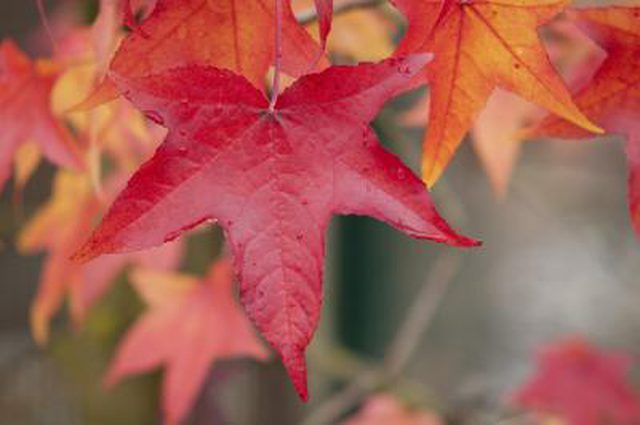
Step 6
Identify the Eastern white oak--also called the fork leaf oak and the ridge white oak--by looking for purple-red fall leaves that are between 4 to 10 inches long and 2 to 4 inches wide. The leaves are narrow and roughly rectangular, with between five and 11 moderately rounded lobes alternating on the stem.
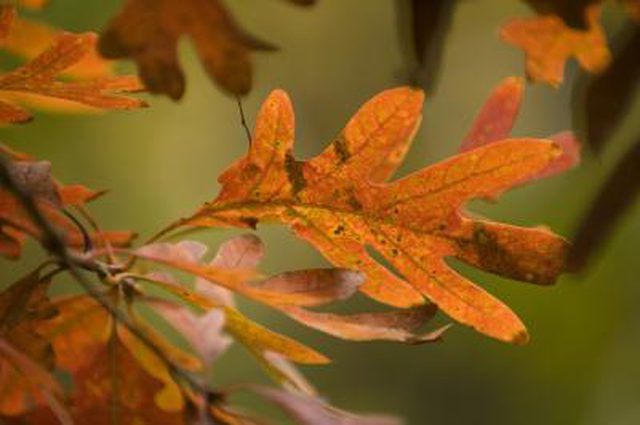
Step 7
Note the Wisley Crab cultivar of crabapple tree by observing that the sharp-toothed elliptical leaves are yellow-green in spring and crimson red in the fall. Clusters of round or conical crabapples, along with scaly bark on the trunk, are another indication.
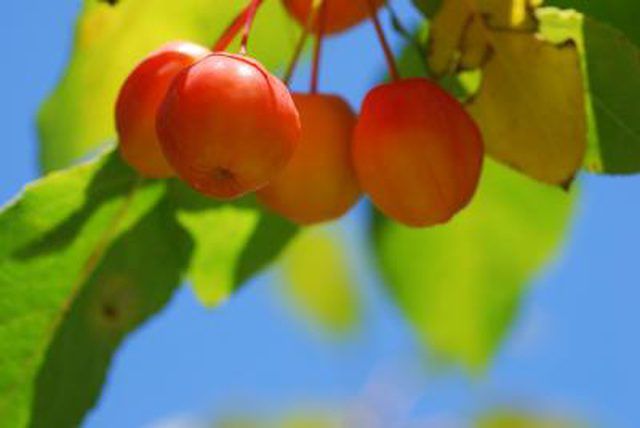
Step 8
Recognize the black tupelo--also called the black gum--by looking for glossy, green leaves in summer and blazing red foliage in the fall. Bluish-black fruit is another indication of black tupelo, as is the presence of small green flowers in spring.
